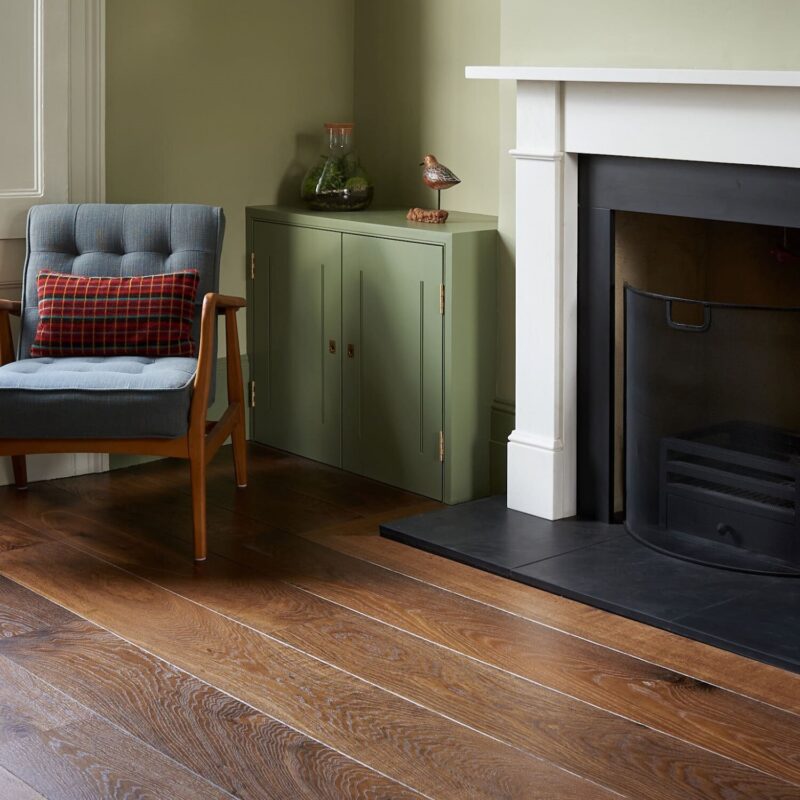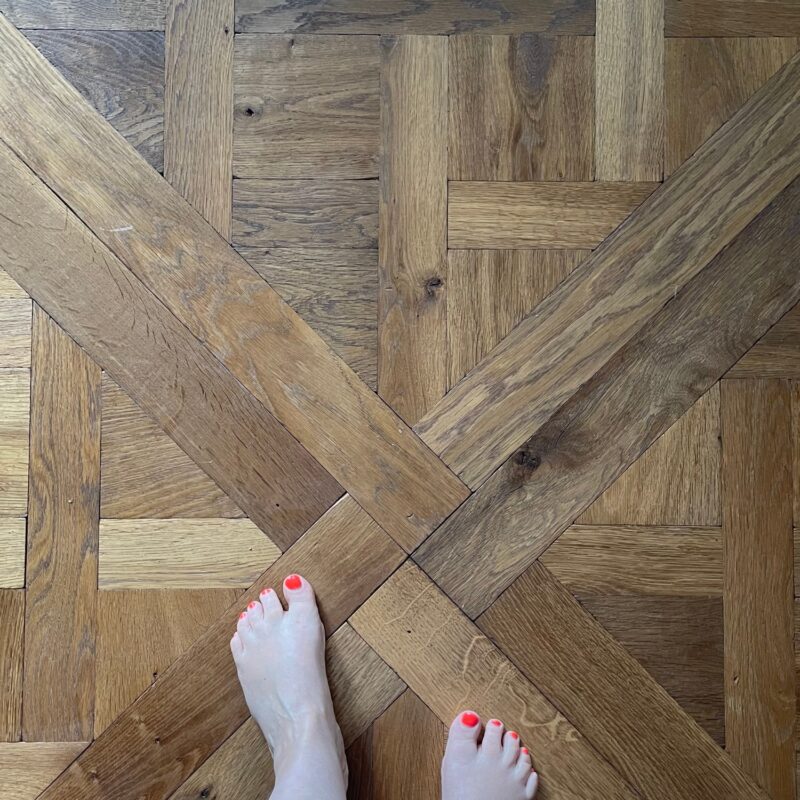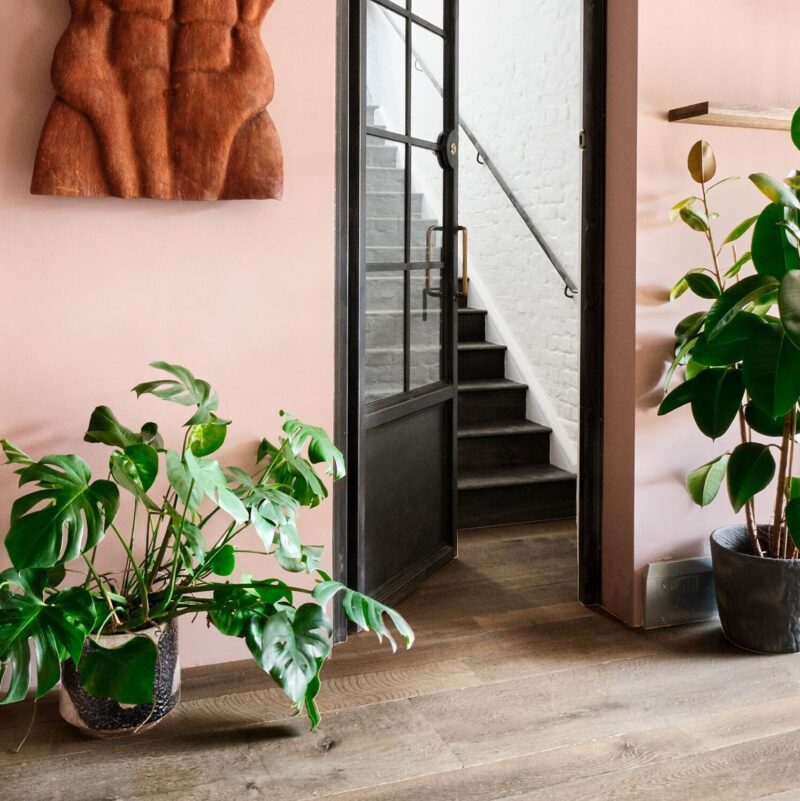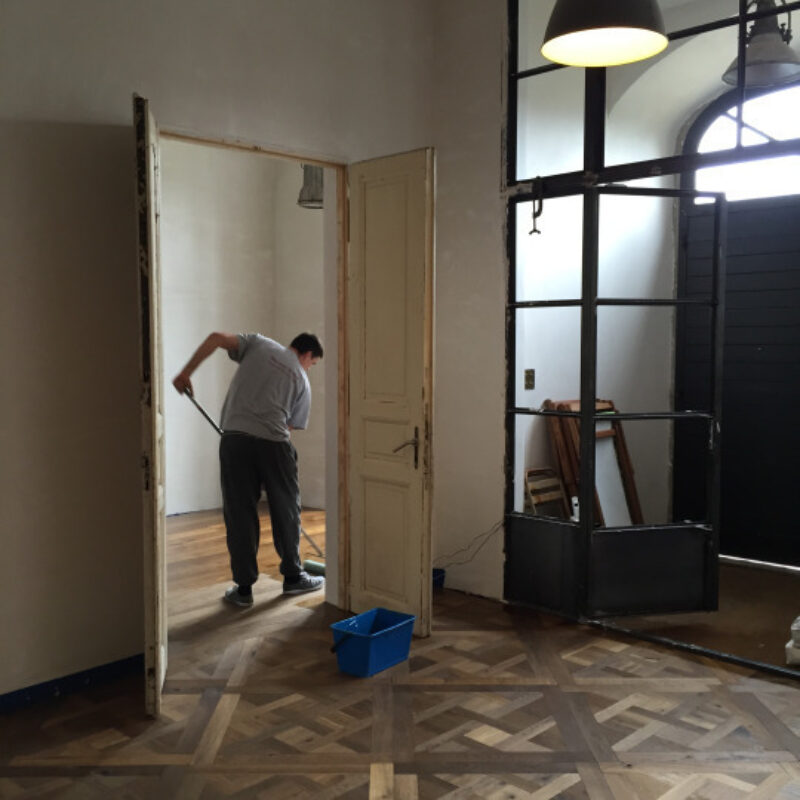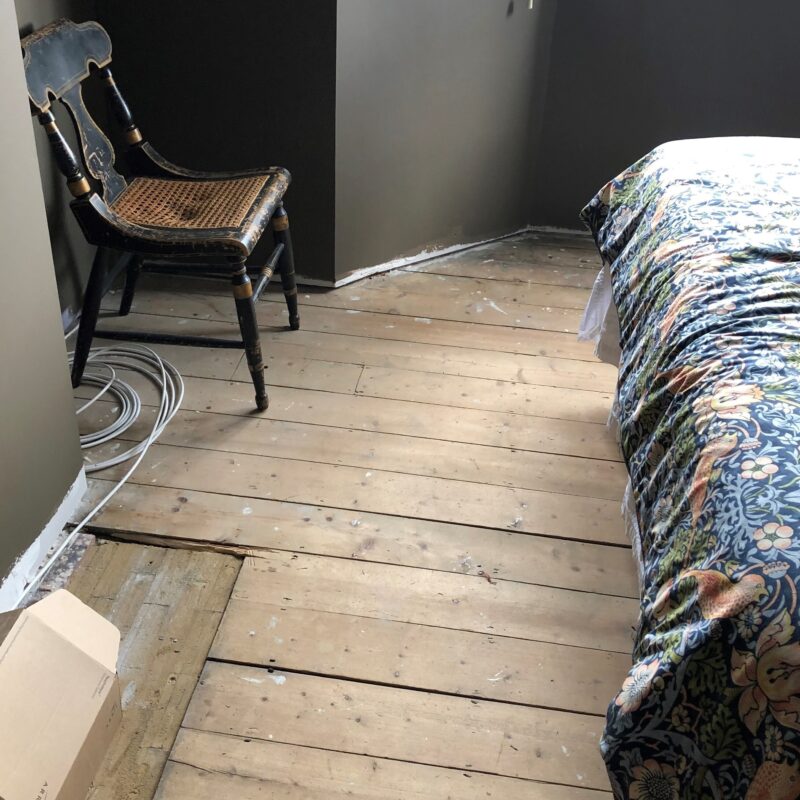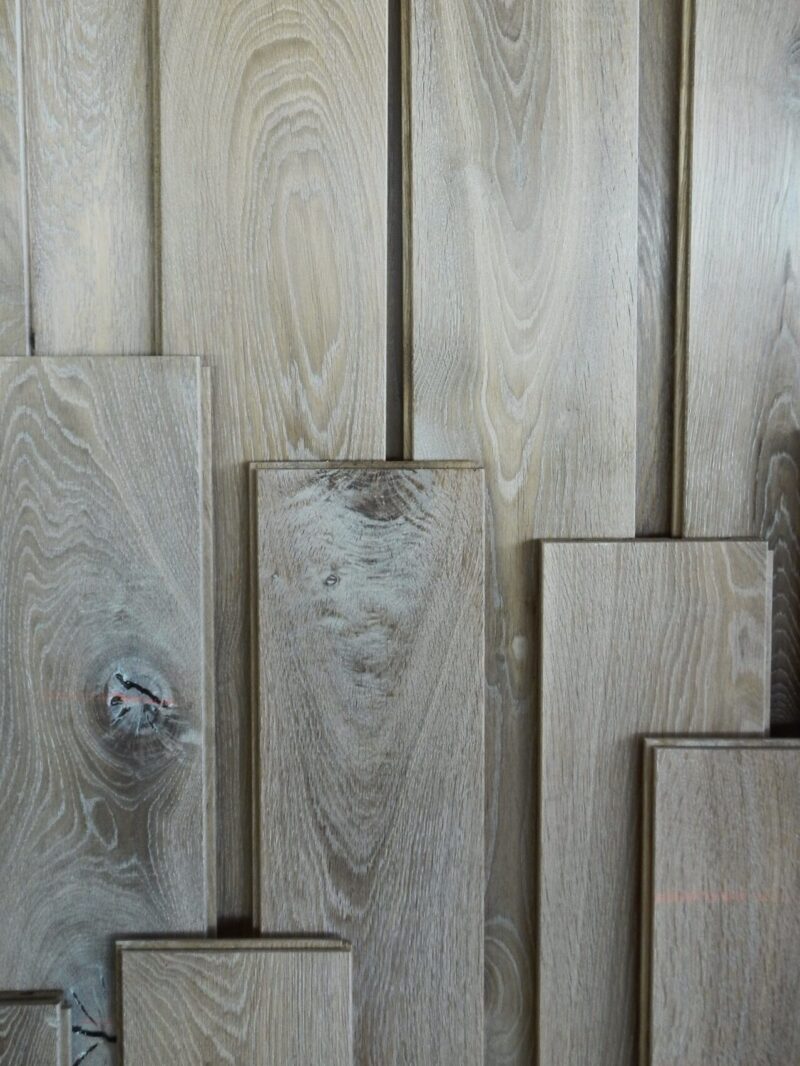For over twenty years, we’ve been selling smoked oak flooring at Solid Floor. The depth, richness, and warmth of tone that smoking imparts to natural oak is unparalleled. Explore the process and what to consider when buying a smoked or fumed floor.
Categories
Journal - Technical advice
Over the decades, underfloor heating has transformed homes, and Solid Floor has adapted, creating timber floors designed to work beautifully with it while keeping the luxury and warmth underfoot.
If you’ve ever pored over glossy images of smart, newly done-up interiors, you have no doubt spotted spaces with what appear to be vintage, warm and slightly worn timber floors running throughout them - but are they genuinely old?
Among the many desirable features of our floors is that most of them are sealed with hard wax oil creating a surface on the wood that is both pleasing to the eye and to the touch.
In London’s old Victorian houses, worn pine floorboards are common, and homeowners often wonder whether to restore them or start fresh. Our guide explores the problems and challenges and offers practical solutions for updating these historic floors.
A wood floor is the perfect addition to any interior, but choosing the right type of timber is essential. Learn about timber flooring and the significance of grading, to make an informed choice.
There are few things as pleasing to the architectural eye as a beautiful floor seamlessly flowing into a staircase, visually linking one level to the next.
Holiday closure
We are now closed for our annual Christmas break and will re-open on 5th of January 10.30am.
All sample orders will be posted upon our return.
Wishing you a restorative Christmas and a New Year filled with good things ahead!
